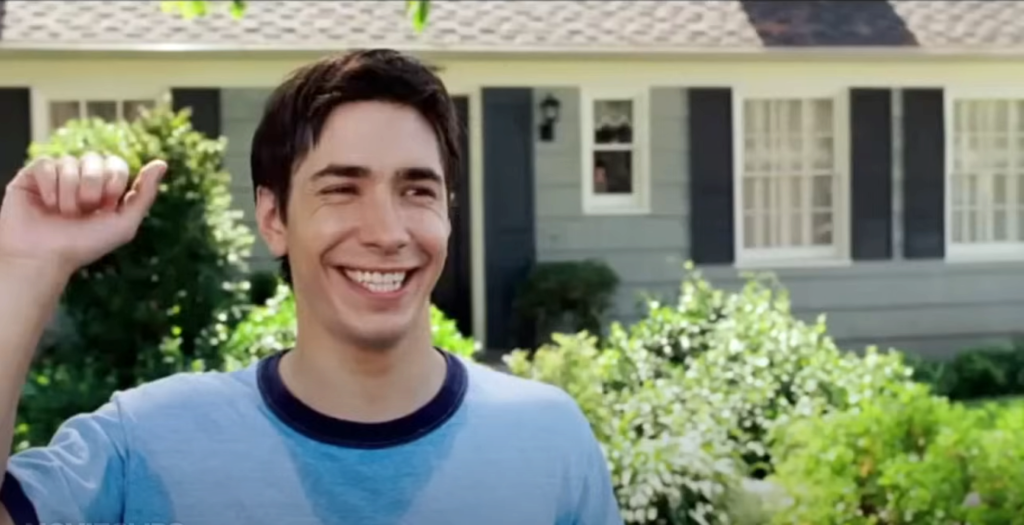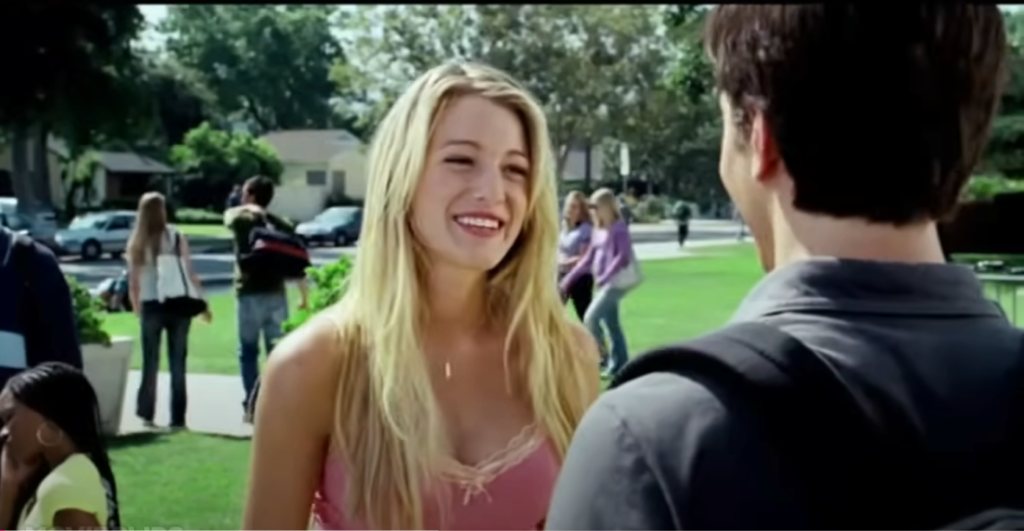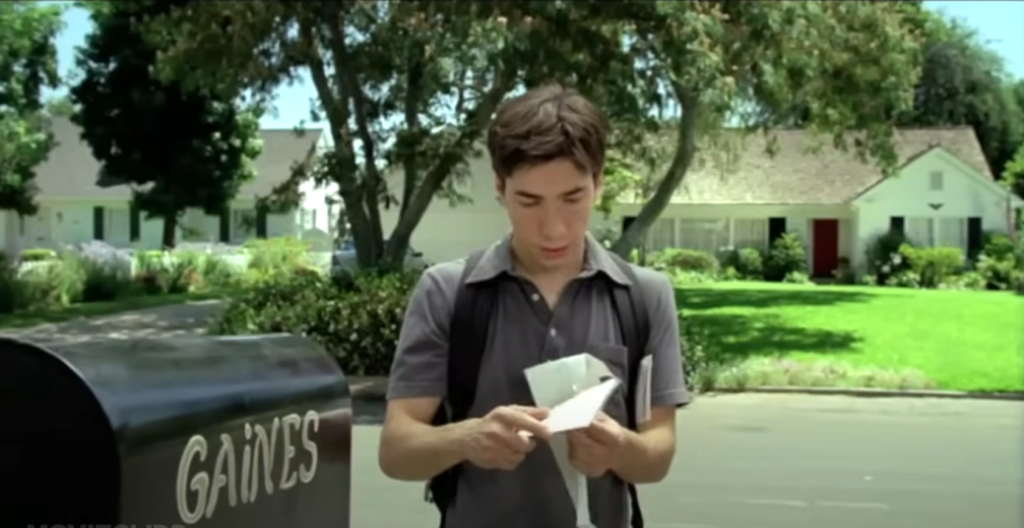The Timeless Appeal of Flashbacks in Cinema
Flashbacks have long been a staple in cinematic storytelling, offering filmmakers a powerful tool to enrich narratives and deepen character development. By momentarily stepping away from the present timeline, flashbacks allow audiences to explore the past, uncover hidden motivations, and gain a fuller understanding of the story at hand. This technique not only adds layers of complexity to the narrative but also enhances the emotional impact of the film, making the characters’ journeys more resonant.
Two films that exemplify the effective use of flashbacks are Memento and The Godfather Part II. Both of these movies utilize flashbacks not just as narrative interruptions but as integral components that shape the entire story. In Memento, flashbacks are used to piece together the protagonist’s fragmented memory, creating a nonlinear narrative that keeps the audience engaged and on edge. On the other hand, The Godfather Part II uses flashbacks to juxtapose the lives of Vito and Michael Corleone, enriching the narrative with a multi-generational perspective. These films demonstrate how flashbacks can transform a simple story into a complex, layered experience, allowing viewers to connect with the characters and themes on a deeper level.
Flashbacks as a Narrative Device: Setting the Foundation
A flashback is a narrative device that interrupts the chronological flow of a story to revisit a past event or moment. Traditionally used in both literature and film, flashbacks serve as a crucial tool for providing context, revealing backstory, or foreshadowing future events. By temporarily shifting the timeline, flashbacks allow the audience to gain insights that are not immediately apparent in the present narrative, thereby enriching the story and deepening the emotional resonance of the characters’ experiences.
The disruption of linear storytelling through flashbacks creates opportunities for filmmakers to build more complex and multi-dimensional narratives. For instance, a flashback might reveal a key moment from a character’s past that explains their current behavior, motivations, or fears. This not only adds depth to the character but also allows the audience to connect more profoundly with their journey. In some cases, flashbacks can even serve as a form of dramatic irony, where the audience knows more than the characters themselves, heightening the tension and engagement.
Flashbacks are essential in crafting narratives that are not just linear progressions of events but rather intricate tapestries of memory, emotion, and meaning. By weaving in these moments from the past, filmmakers can create stories that are layered, nuanced, and rich in detail, allowing the audience to experience the full breadth of the characters’ lives and the story’s scope.
Unraveling Memory: The Nonlinear Genius of Memento
- Memento*, directed by Christopher Nolan, is a film that takes the concept of flashbacks and turns it into the very structure of the narrative. The film employs a unique reverse chronology, where the story is told backward, with each scene revealing a piece of the puzzle that the audience, along with the protagonist Leonard Shelby, must put together. In Memento, flashbacks are not merely a narrative tool—they are the backbone of the entire film, serving to mimic Leonard’s fractured memory and disorient the audience in the same way that Leonard is disoriented.
The genius of Memento lies in how it uses flashbacks to immerse the audience in Leonard’s experience. The film’s nonlinear structure forces viewers to piece together the story just as Leonard must piece together the events that led to his wife’s death. Each flashback reveals a bit more about Leonard’s quest for revenge, but because these flashbacks are presented in reverse order, the audience is constantly re-evaluating what they know. This creates a sense of suspense and engagement that is both challenging and rewarding.
One of the most compelling aspects of Memento is how these flashbacks convey Leonard’s fragmented memory. By experiencing the story in reverse, the audience gains a deeper understanding of Leonard’s condition—his inability to form new memories means that he lives in a perpetual present, with only the past to guide him. The flashbacks in Memento are like fragments of a shattered mirror, each piece reflecting a different aspect of the truth but none offering a complete picture on its own. This structure not only serves the narrative but also creates an immersive experience for the audience, making them feel the same disorientation and confusion that Leonard does.
In Memento, flashbacks are not just a way to reveal information—they are a way to shape the audience’s experience of the film, making them active participants in the story. By the time the film reaches its conclusion, the audience has been through a journey that is as much about understanding Leonard’s mind as it is about uncovering the mystery at the heart of the story. This innovative use of flashbacks is what makes Memento a standout example of nonlinear storytelling in cinema.
The Legacy of the Corleones: Flashbacks in The Godfather Part II
The Godfather Part II, directed by Francis Ford Coppola, masterfully uses flashbacks to weave together the stories of two generations of the Corleone family—Vito Corleone and his son, Michael. By juxtaposing Vito’s rise to power with Michael’s reign, the film creates a rich tapestry that explores the cyclical nature of power, loyalty, and betrayal within the family.
The flashbacks to Vito’s early life in Sicily and his subsequent rise in New York provide crucial context for understanding the world Michael inhabits. We see Vito’s journey from a vulnerable immigrant to a powerful mafia don, driven by necessity, cunning, and a desire to protect his family. These flashbacks are not just background information—they are integral to the narrative, showing how the foundations of the Corleone empire were built and how Vito’s decisions shaped the destiny of his descendants.
As the film shifts between Vito’s past and Michael’s present, it draws poignant parallels between father and son. Vito’s ascent is marked by his ability to inspire loyalty and maintain control through a mix of kindness and ruthlessness. In contrast, Michael’s tenure as the head of the family is characterized by increasing isolation, paranoia, and moral decay. The flashbacks highlight the differences in their leadership styles and the consequences of their actions, deepening the film’s exploration of power and its corrupting influence.
These flashbacks also serve to underscore the tragic arc of Michael’s character. As we witness Vito’s growth into a respected patriarch, we simultaneously see Michael’s descent into a life of alienation and regret. The juxtaposition of their stories creates a powerful contrast, enhancing the film’s emotional depth and complexity. By the end of The Godfather Part II, the audience is left with a profound understanding of how the past shapes the present, and how the choices of one generation reverberate through the next.
Contrasting Approaches: Flashbacks in Memento vs. The Godfather Part II
The use of flashbacks in Memento and The Godfather Part II serves different narrative purposes, reflecting the distinct storytelling goals of each film. While both films utilize flashbacks to enhance their narratives, the approach each takes is a study in contrast.
In Memento, flashbacks are fragmented and nonlinear, forming the very structure of the film. Christopher Nolan uses these disjointed flashbacks to immerse the audience in the protagonist Leonard Shelby’s disoriented mind. Each flashback reveals a piece of the puzzle, forcing the audience to actively engage with the story and piece together the narrative. The flashbacks in Memento are not just a tool for providing backstory—they are essential to the film’s core, creating a disorienting experience that mirrors Leonard’s struggle with memory loss.
On the other hand, The Godfather Part II employs flashbacks in a more traditional, linear fashion. Francis Ford Coppola uses these flashbacks to contrast the lives of Vito and Michael Corleone, providing context for the events unfolding in the present. The flashbacks are carefully placed to draw parallels between the father’s rise to power and the son’s struggle to maintain it, enriching the narrative by adding layers of historical and emotional depth. Unlike Memento, where flashbacks disorient, The Godfather Part II uses them to clarify and deepen the story.
These contrasting approaches highlight the versatility of flashbacks as a narrative device. In Memento, flashbacks create a sense of fragmentation and uncertainty, aligning the audience’s experience with that of the protagonist. In The Godfather Part II, flashbacks serve to connect past and present, enriching the narrative by exploring the legacy of the Corleone family. Both films use flashbacks effectively, but each in a way that serves their unique narrative goals, demonstrating the flexibility and power of this storytelling technique.
Expanding the Canvas: The Influence of Flashbacks on Modern Cinema
- Memento* and The Godfather Part II have had a profound influence on the use of flashbacks in modern cinema, paving the way for more experimental and complex narrative structures. These films demonstrated that flashbacks could be more than just a tool for exposition—they could be central to the narrative, shaping the audience’s experience and understanding of the story.
In Memento, Christopher Nolan’s use of reverse chronology and fragmented flashbacks challenged traditional storytelling conventions, inspiring filmmakers to explore non-linear narratives in new and innovative ways. This approach has influenced a generation of filmmakers, leading to the creation of films like Inception, The Prestige, and Eternal Sunshine of the Spotless Mind, where time is manipulated to create intricate, layered stories that engage the audience on multiple levels.
The Godfather Part II showed how flashbacks could be used to enrich a narrative by providing historical context and emotional depth. Its influence can be seen in films like The Irishman, where flashbacks are used to explore the passage of time and the consequences of past actions. The success of The Godfather Part II also encouraged filmmakers to experiment with multi-generational storytelling, where the past and present are interwoven to create a more complex and resonant narrative.
These films have expanded the cinematic canvas, demonstrating that flashbacks can be a powerful tool for creating rich, layered stories that resonate with audiences long after the credits roll. Their innovative use of flashbacks continues to inspire filmmakers, ensuring that this narrative technique remains a vital part of the cinematic language.
The Enduring Power of Flashbacks
Flashbacks have proven to be an essential tool in creating rich, layered narratives that captivate audiences. Memento and The Godfather Part II exemplify the effective use of flashbacks in film, each employing the technique in ways that serve their unique storytelling goals. Whether it’s the fragmented, disorienting flashbacks of Memento or the historically rich, emotionally resonant flashbacks of The Godfather Part II, these films demonstrate the versatility and power of flashbacks in shaping narrative and character development.
As filmmakers continue to explore new ways to tell stories, the art of the flashback remains a vital part of cinematic storytelling. Its ability to bridge past and present, to deepen character and theme, ensures that flashbacks will continue to be a powerful narrative device in modern filmmaking. As audiences, we can look forward to more films that use flashbacks not just to tell us what has happened, but to show us why it matters, enriching our experience of the story and leaving a lasting impact.



